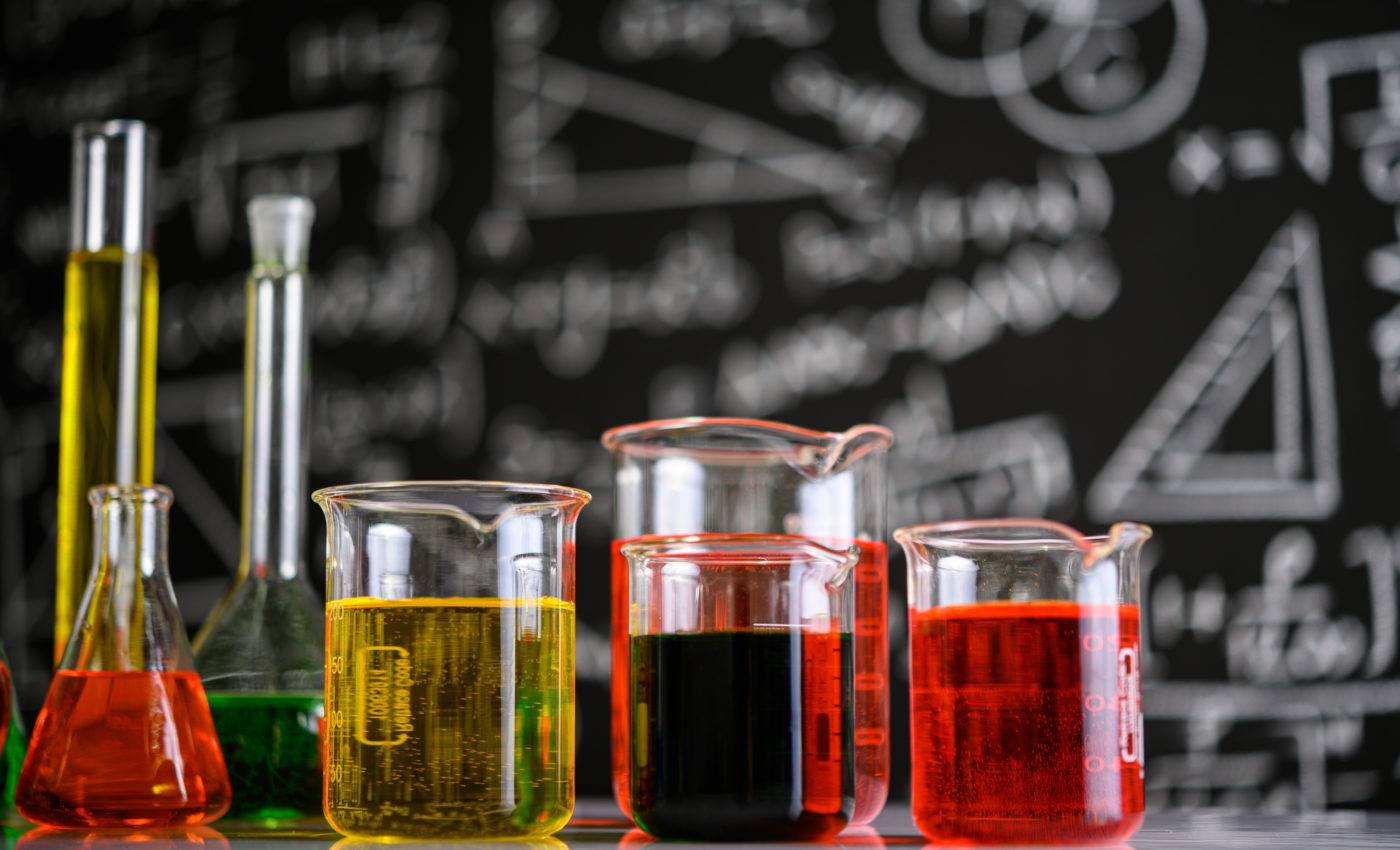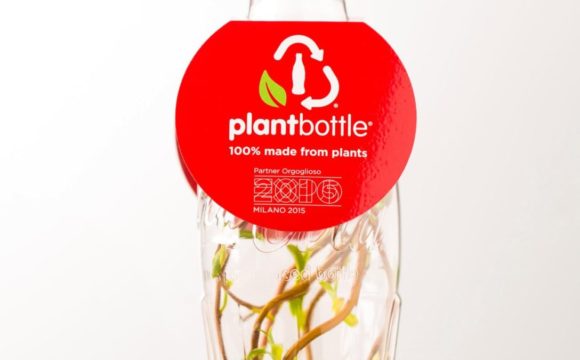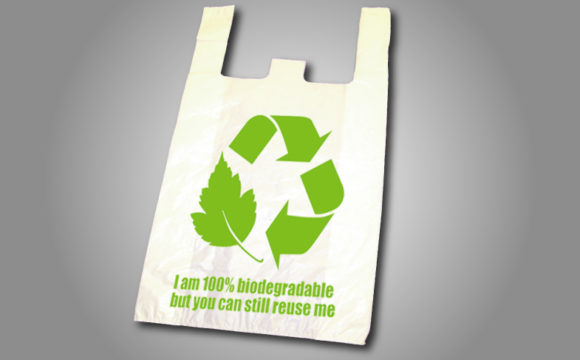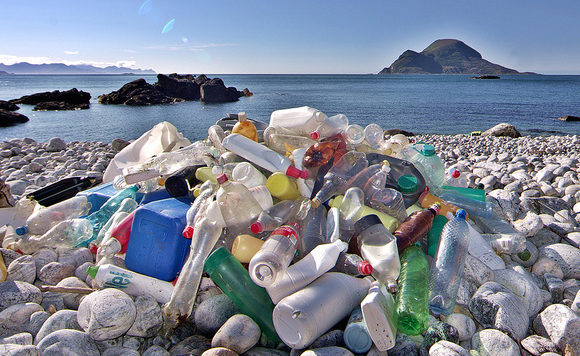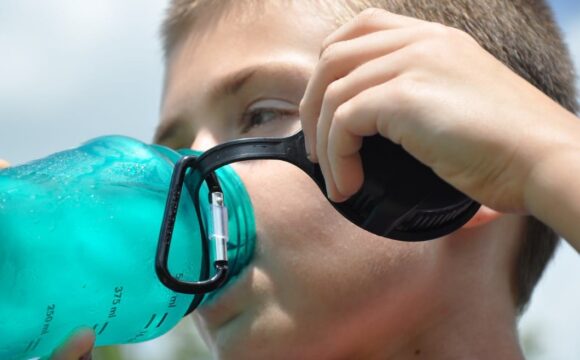A typical scientific laboratory would be incomplete without laboratory glassware. Over many years of research, glassware has aided scientists to perform important experiments. The use of glassware, such as beakers, flasks and stirring rods, became popular in laboratories due to the inert nature of glass. By the time scientific research evolved, glassmaking had become a common practice and hence, quality glassware for use as a medium to perform scientific experiments could be easily crafted.
Till the early 20th century, laboratory glassware manufacturing was restricted to Germany, where the lime glass was used as a primary raw material. But most of the glassware we know today is made using borosilicate glass. This was developed in the USA during the early 20th century by a company called Corning Glass Works. The use of borosilicate glass was a big step in the evolution of laboratory glassware as this glass was heat and chemical resistant – two qualities that could go a long way in improving the range of scientific experiments that could be conducted. Eventually, the simpler laboratory glassware such as beakers, flasks and measuring cylinders paved way for more sophisticated ones such as distillation columns, condensers, filtration units, etc. Currently, we also have glassware which is made from quartz and ones which are designed and manufactured to be transparent to only specific wavelengths of light.

While laboratory glassware is a historical standard for performing scientific experiments, they come with a few disadvantages. One of their greatest drawbacks is that they are prone to breakage. This makes handling cumbersome and reduces its life span. This, added to the advent of more sensitive and sterile techniques such as PCR and animal cell culture, laboratory glassware started being replaced by plasticware. They offer a wide range of advantages – they are unbreakable, cheaper, lighter and inert. One of the most commonly used laboratory plasticware is the pipette tip. As compared to the glass pipettes, the plastic tips are much smaller, lighter and are capable of dispensing liquid volumes as low as one-tenth of a microlitre. Another advantage of using plasticware is that they are disposable and this reduces the time spent in cleaning and sterilization.
But this very advantage of plasticware has a massive drawback – plastic pollution. With the impending threat of global climate crisis and rising pollution levels, it is imperative that we use plastics wisely. We dump almost 13 million tonnes of plastic every year into oceans and this poses a great threat to the oceanic ecosystem. Biosciences laboratories across the globe are said to be responsible for 1.8% of the total plastic waste generated. An average scientific laboratory uses the plasticware – pipette tips, plastic centrifuge tubes, beakers, microtiter plates, cell culture flasks, Petri plates, wash bottles, plastic reagent bottles, and numerous other plastics. While in some circumstances, it is unavoidable to use disposable plasticware, it is important that research laboratories cut down on the amount of plastic waste generated whenever possible.
One easy way to cut down on the amount of plastic waste generated would be to replace laboratory plasticware with reusable glassware. While handling glassware may not be as convenient as using plasticware, it would go a long way in reducing the amount of plastic waste generated by scientific laboratories. Given below is a list of laboratory glassware which can be used to replace disposable lab plastics:
- Glass pipettes instead of disposable plastic pipettes
While it is unavoidable to use plastic tips to handle very small liquid volumes, it is possible to use glass pipettes for handling larger volumes of liquids instead of using the single-use plastic pipettes. Glass pipettes can also be sterilized and used multiple times without any risk of cross-contamination.
- Glass measuring cylinders instead of plastic measuring cylinders
Plastic and glass measuring cylinders offer almost the same features. Glass measuring cylinders are inert and do not react to most corrosive chemicals. While plastic measuring cylinders are reusable too, using the glass ones would reduce the amount of plastic used in laboratories.
- Glass Petri plates instead of disposable Petri plates
While it is true that usage of disposable plastic Petri plates reduces the risk of contamination, they contribute to the amount of plastic waste generated. Glass Petri plates have been commonly used for microbiology for decades before the introduction of the plastic variety. Replacing the plastic dishes with well-cleaned and sterilized glass Petri plates will help cut down the plastic waste, without compromising on sterility.
- Preparing and storing cell culture medium in glass bottles
Currently, the cell culture medium is available in single-use, packaged plastic bottles. While this is a more sterile and convenient option, the plastic bottles contribute to plastic waste. Instead, it would be more environment-friendly if laboratories could prepare fresh media and store them in reusable glass bottles, whenever the option is available.
A recently published study reported that single-use, disposable plastic is one of the greatest contributors to global temperature change. The need of the hour is to reduce the use of single-use plastic and promote the use of sustainable, re-usable material. As a part of the scientific community, it is important that research laboratories start implementing sustainable practices and reduce plastic waste. The use of reusable glassware can help in making laboratories more environment-friendly.
References:
- https://academic.oup.com/labmed/article-abstract/1/3/28/2637815?redirectedFrom=PDF
- https://lab-training.com/2016/12/06/deciding-glass-plastic-laboratory-ware/
- https://www.the-scientist.com/careers/life-scientists-cut-down-on-plastic-waste-64547
- https://www.genfollower.com/life-science-labs-minimizing-plastic-waste/



